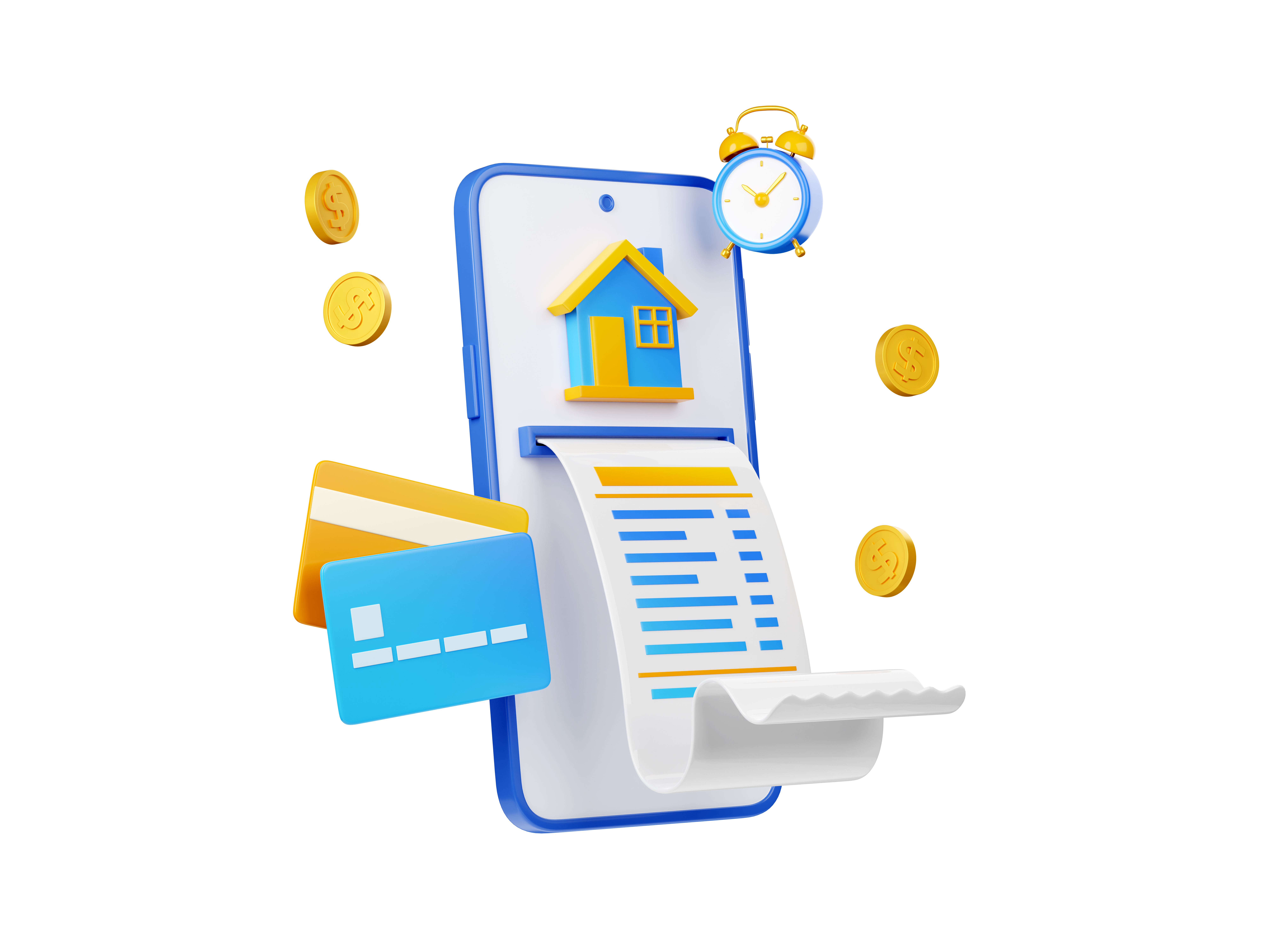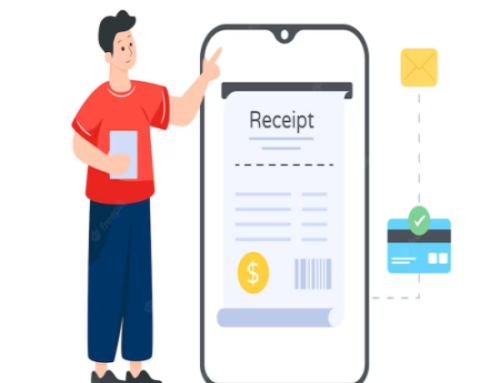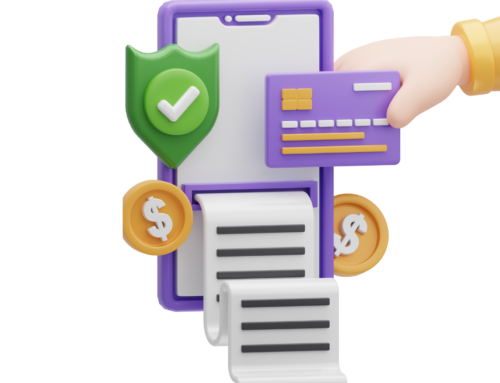Within the dynamic realm of retail, enterprises perpetually strive to devise novel approaches that foster consumer engagement and elevate the overall shopping experience. A digital receipt is one such instrument that has acquired prominence in recent years. Historically, receipts were primarily utilised to record transactions; however, their function has evolved significantly since the inception of technology, and they now function as potent instruments for fostering customer engagement and marketing. This article examines the diverse methods by which organisations can utilise digital receipts to bolster their marketing strategies and cultivate more robust customer relationships.
The Development of Receipts During the Digital Era
The conventional paper format of receipts has been replaced by dynamic, interactive digital documents. This transformation has been propelled by technological advances and the transition to a society that is more dependent on digital platforms. In contemporary times, digital receipts serve a purpose beyond mere transactional documentation—they facilitate communication between businesses and consumers that extends beyond the point of sale.
Personalisation and Targeted Marketing
The capacity to customise correspondence is a significant benefit of digital receipts. By incorporating customer data and purchase history, organisations have the ability to customise receipts for each customer, thereby providing individualised suggestions for products, discounts, or loyalty incentives. Enhanced personalisation not only contributes to the customer’s satisfaction but also optimises the efficacy of marketing endeavours.
Opportunities for Upselling and Cross-Selling
Digital receipts offer businesses a strategic platform to exploit opportunities for upselling and cross-selling. By leveraging intelligent algorithms and consumer profiling, enterprises have the ability to propose supplementary products or upgrades, consequently augmenting the mean value of each transaction. This methodology not only increases financial gains but also improves the overall retail experience for consumers through the provision of pertinent and valuable suggestions.
The Impact of Loyalty Programmes and Gamification on Customer Engagement
The integration of loyalty programmes with digital receipts has the potential to greatly influence customer engagement. By means of digital receipts bearing loyalty points or exclusive discounts, organisations have the ability to encourage repeat purchases. Furthermore, the integration of gamification components, such as contests or challenges associated with receipts, can introduce an aspect of amusement and enthusiasm, thereby stimulating customers to engage with the brand in a manner that extends beyond mere transactions.
Feedback and Surveys
Digital receipts provide a user-friendly medium for gathering insights and feedback from customers. Businesses can obtain significant insights regarding customer satisfaction, preferences, and opportunities for growth by incorporating hyperlinks to surveys or review requests into receipts. This practice not only facilitates the enhancement of products and services but also signifies a dedication to customer input, thereby cultivating a sense of collaboration between the organisation and its customers.
Environmental Sustainability
The transition to digital receipts not only offers marketing advantages but also corresponds with the increasing focus on environmental sustainability. Businesses can establish a positive association with environmentally conscious consumers and exhibit corporate responsibility by decreasing their dependence on paper receipts. This adherence to societal values has the potential to augment brand perception and foster customer loyalty.
Customer Behaviour and Trend Analysis
Digital receipts produce an abundance of data that organisations can examine in order to obtain valuable insights regarding customer behaviour and prevailing trends. Businesses can enhance their marketing strategies, optimise inventory management, and detect emerging trends through a comprehensive comprehension of purchasing patterns. By utilising a data-driven methodology, organisations are able to maintain their flexibility and promptness in an ever-changing marketplace.
Conclusion
digital receipts have become a versatile instrument that enables organisations to improve their marketing approaches and cultivate more profound relationships with their clientele. The advantages are multifaceted and significant, encompassing loyalty programmes, environmental sustainability, and personalised communication. In an ever-changing retail environment, companies that recognise the benefits of digital receipts will establish a leading position for consumer engagement and ensure long-term success as technology continues to advance.
Read More: 5 advantages of using Reken for real estate expenses







